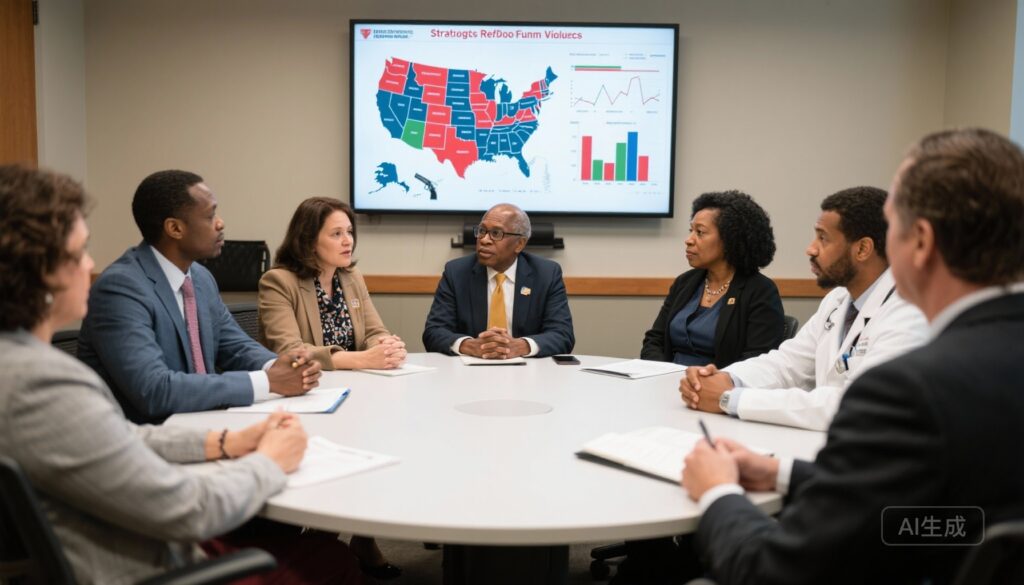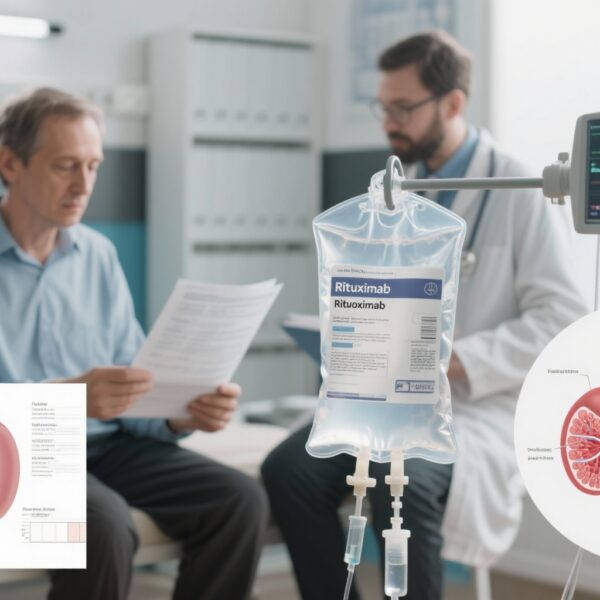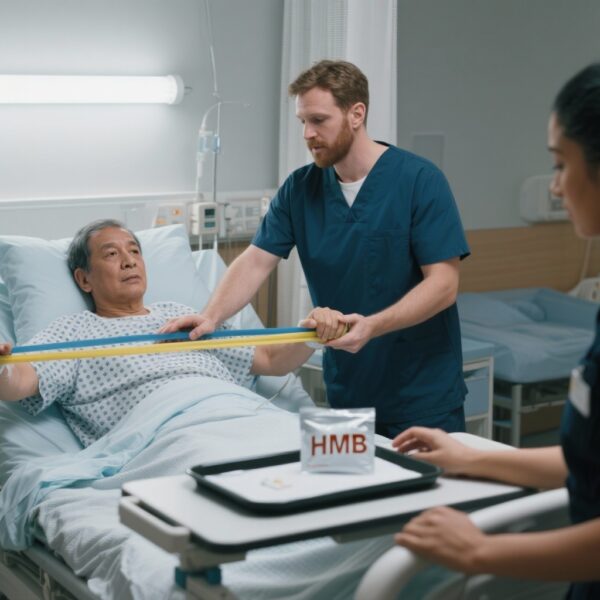Introduction and Context
Since 2000 the United States has endured more than 800,000 firearm deaths and over 2 million firearm injuries, exacting lifelong costs on individuals, families, and communities. The JAMA Summit on Reducing Firearm Violence and Harms convened 60 multidisciplinary leaders to translate evidence, ethics, technology, and policy into a practical roadmap intended to cut firearm harms substantially by 2040 while respecting constitutional protections for lawful firearm ownership (Rivara et al., JAMA 2025). This consensus statement does not prescribe a single policy but rather aligns a multisectoral strategy centered on equity, accountability, and shared civic responsibility.
Why this consensus matters now: progress in reducing firearm harms has been limited and uneven across communities. New data, implementation science, and technology options — combined with growing clinician and public engagement — make a coordinated national effort both timely and achievable.
New Guideline Highlights
The JAMA Summit produced a unifying vision for 2040 and a pragmatic five-year action plan consisting of five urgent priorities. The top-line guidance for clinicians, health systems, policymakers, technologists, and community leaders includes the following pillars:
– Vision for 2040: A nation in which firearm violence is substantially reduced and all people and communities feel safe from firearm harms.
– Five essential 5-year actions to operationalize progress:
1. Focus on communities and change the fundamental structures that lead to firearm harms.
2. Harness technological strengths responsibly (safer-storage tech, data systems, engineering controls).
3. Change the narrative around firearm harms — move from individual blame to collective responsibility and trauma-informed care.
4. Adopt whole-government and whole-society approaches that align federal, state, and local policy and resources.
5. Spark a research revolution on preventing firearm harms — from discovery to implementation and scaling.
Key takeaways for clinicians:
– Integrate validated screening for firearm access and risk into routine care in ways that are trauma-informed and nonjudgmental.
– Partner with community violence intervention programs (CVIs) and hospital-based violence intervention programs (HVIPs) to bridge patients to services.
– Advocate for evidence-generating policies (e.g., safe-storage promotion, risk-based removal laws) and increased federal funding for firearm injury research.
Updated Recommendations and Key Changes
The Summit is not a traditional graded guideline but a consensus-driven roadmap anchored in existing evidence and implementation priorities. It advances several important shifts from prior statements by clinical societies:
– From isolated clinical advisories to a cross-sector implementation roadmap that explicitly names technology, community interventions, and structural determinants as core targets.
– Emphasis on equity: prior guidance focused primarily on clinician counseling and legislation; the Summit elevates investments in community infrastructure, housing, employment, and youth services as primary prevention.
– Calls for large-scale research funding and infrastructure comparable to other public health priorities; historically, firearm research was limited by funding and political constraints.
Table: Major changes or emphases introduced by the JAMA Summit (2015–2025 evolution)
– Prior focus (clinician & society statements): Counseling on safe storage, advocacy for specific laws, pediatric safety focus.
– Summit additions/emphases: 1) Multisector implementation roadmaps; 2) Technology and data system integration; 3) Explicit equity and structural determinants strategies; 4) Five urgent, time-bound actions for the next 5 years; 5) Strong call for research infrastructure and scaling proven community-based programs.
Evidence driving the updates: The Summit cites accumulating empirical support for focused deterrence and community interventions (moderate evidence), promising but heterogenous results for HVIPs (mixed-moderate), supportive data for safe-storage interventions and risk-based firearm removal laws on suicide prevention (moderate), and limited but growing evidence for technology-based engineering approaches (limited). The RAND synthesis (2018) and CDC injury surveillance data are referenced to emphasize where evidence is strong, weak, or absent.
Topic-by-Topic Recommendations
Below we condense the Summit’s practical recommendations organized by topic, with an evidence-minded characterization where possible.
1) Community violence and primary prevention
– Recommendation: Prioritize and scale community violence interventions (CVIs) that combine credible messengers, focused deterrence, hospital-community linkage, and social services.
– Evidence: Multiple evaluations (including focused deterrence and place-based interventions) show reductions in shootings and homicides in targeted settings (evidence: moderate).
– Implementation tips: Fund long-term, community-led programs; integrate services for employment, housing, mental health, and substance use.
2) Health system and clinical practice
– Recommendation: Implement routine, trauma-informed screening for firearm access and risk in clinical contexts where it is relevant (e.g., emergency, primary care, behavioral health), and offer culturally competent counseling on safe storage and crisis planning.
– Evidence: Counseling and brief interventions can increase safe-storage practices among households (evidence: moderate for behavior change; stronger for pediatric counseling programs).
– Special populations: Tailor approaches for youth, veterans, older adults at suicide risk, and communities experiencing high violence prevalence.
3) Technology and engineering approaches
– Recommendation: Invest in and responsibly evaluate engineering controls — including secure storage devices, personalized biometric or coded locking mechanisms, and ‘smart gun’ technologies — while maintaining user privacy and safety.
– Evidence: Device efficacy in reducing population-level harms is currently limited; implementation research and human factors studies are needed (evidence: limited).
– Ethical guardrails: Prevent technologies from worsening disparities (cost, access) or enabling misuse of personal data.
4) Policy and legal approaches (federal/state/local alignment)
– Recommendation: Support policies with evidence of impact (e.g., background checks, safe-storage promotion, extreme risk protection orders/“red flag” laws) while pursuing robust implementation and evaluation strategies.
– Evidence: Systematic reviews report mixed evidence for many laws on overall homicide rates but more consistent evidence for suicide reduction with risk-based removal laws and for background checks on reducing certain outcomes (evidence: mixed to moderate per policy type; refer to RAND 2018).
– Operational suggestion: Pair laws with funding for enforcement, data systems, and community supports to maximize benefit.
5) Research priorities and monitoring
– Recommendation: Establish a large-scale, well-funded national research agenda covering discovery, implementation science, and equitable scaling of interventions; expand surveillance systems linking health, law enforcement, and social data where ethically permissible.
– Priority topics: Mechanisms of community violence, HVIP effectiveness and optimization, technology evaluation, legal policy impacts, and programs that address structural determinants such as poverty and housing.
Recommendation Grades and Evidence Summary
The Summit did not apply a formal GRADE rating scheme but emphasized evidence tiers. A practical summary for clinicians and policy-makers:
– Strong-moderate evidence (recommend to adopt/scale): Community violence interventions with credible messengers and focused deterrence in targeted contexts; safe-storage counseling linked to device provision in pediatric and primary care settings; risk-based firearm removal laws associated with reduced suicide in some evaluations.
– Moderate evidence (recommend with local adaptation and evaluation): Hospital-based violence intervention programs; place-based prevention strategies; background check expansions (evidence varies by outcome and policy details).
– Limited evidence (support for demonstration and rigorous study): Smart-gun technologies, data-integration platforms for real-time prevention, and many individual state laws where confounding and implementation heterogeneity obscure direct effects.
Expert Commentary and Insights
Summit participants represented clinicians, epidemiologists, trauma surgeons, technologists, ethicists, community leaders, and policy experts. Key themes from expert discussion included:
– Centering equity: Experts argued that any strategy not prioritizing historically marginalized communities will fail. Investments should target social determinants (housing, education, employment) alongside direct violence prevention.
– Collective responsibility: The dialogue reframed firearm harms as a societal problem requiring whole-of-society solutions rather than solely criminal-justice approaches.
– Technology as supportive, not panacea: Panelists emphasized that engineering controls could meaningfully reduce unintentional and impulsive harms but must be paired with behavior change and access considerations.
– Research ethics and engagement: Community co-design and transparent ethical oversight were highlighted as necessary for data linkages and intervention trials in high-risk communities.
– Controversies: Experts debated scope and pace of laws that restrict firearms; many agreed that policies framed as preserving safety while respecting lawful ownership and designed with stakeholder engagement are most likely to be durable.
Representative paraphrase from the Summit: “Our aim is not to litigate constitutional questions but to marshal science, community leadership, and responsible policy to save lives.” (Rivara FP, panel statements, JAMA Summit 2025.)
Practical Implications
How clinicians and health systems can apply the Summit’s recommendations now:
– Routinely ask about firearm access when relevant: Use nonstigmatizing language and link patients to safe-storage resources and lethal means counseling when risk is identified.
– Partner with community organizations: Establish referral pathways to CVIs and HVIPs to ensure continuity between clinical care and community supports.
– Advocate for systems-level change: Health systems can invest in community-based programs, support data-sharing agreements for surveillance, and champion research funding.
– Promote evidence-informed policy locally: Clinicians are credible messengers in policy debates — use clinical evidence to support measures that reduce harm while respecting patient rights.
Short vignette: Marcus is a 24-year-old man treated in the ED after a nonfatal gunshot wound. Under a hospital-developed protocol influenced by Summit recommendations, clinicians conduct trauma-informed screening, link Marcus to a hospital-based violence intervention program that provides case management and job training, and document safe-storage counseling for his household. Six months later Marcus reports improved employment and no recurrent violence — a pragmatic example of integrating clinical care with community prevention.
Research and Policy Agenda for the Next 5 Years
The JAMA Summit calls for a concentrated, funded effort to: build rigorous multi-site trials of HVIPs and CVIs, invest in scalable evaluation of technology (secure storage and smart-gun prototypes), expand surveillance and data linkage infrastructure, and prioritize community-partnered implementation science. The Summit urges parity in federal funding for firearm injury research comparable to other leading causes of morbidity and mortality.
Conclusion
The JAMA Summit report reframes firearm harms as a complex public-health challenge that can be substantially reduced by 2040 through coordinated, evidence-based, and equity-centered action. The five near-term priorities provide a practical roadmap: strengthen communities, responsibly use technology, shift narratives, align government and societal action, and ignite a research revolution. For clinicians and health systems, the Summit’s core message is actionable: integrate trauma-informed screening and counseling, partner with proven community interventions, and advocate for the data and policies that allow evidence to scale.
References
– Rivara FP, Richmond TS, Hargarten S, et al.; JAMA Summit on Reducing Firearm Violence and Harms. Toward a Safer World by 2040: The JAMA Summit Report on Reducing Firearm Violence and Harms. JAMA. 2025 Nov 3. doi:10.1001/jama.2025.18076.
– RAND Corporation. The Science of Gun Policy: A Critical Synthesis of Research Evidence on the Effects of Gun Policies in the United States. RAND Corporation; 2018. https://www.rand.org/pubs/research_reports/RR2088.html
– Centers for Disease Control and Prevention. Web-based Injury Statistics Query and Reporting System (WISQARS). https://www.cdc.gov/injury/wisqars/index.html
– Committee on Injury and Poison Prevention, American Academy of Pediatrics. Firearm-Related Injuries Affecting the Pediatric Population. Pediatrics. 2012;130(5):e1416–e1423.
(Additional primary research and systematic reviews on CVIs, HVIPs, ERPOs/red-flag laws, safe-storage interventions, and technology assessments are cited within the JAMA Summit report.)



